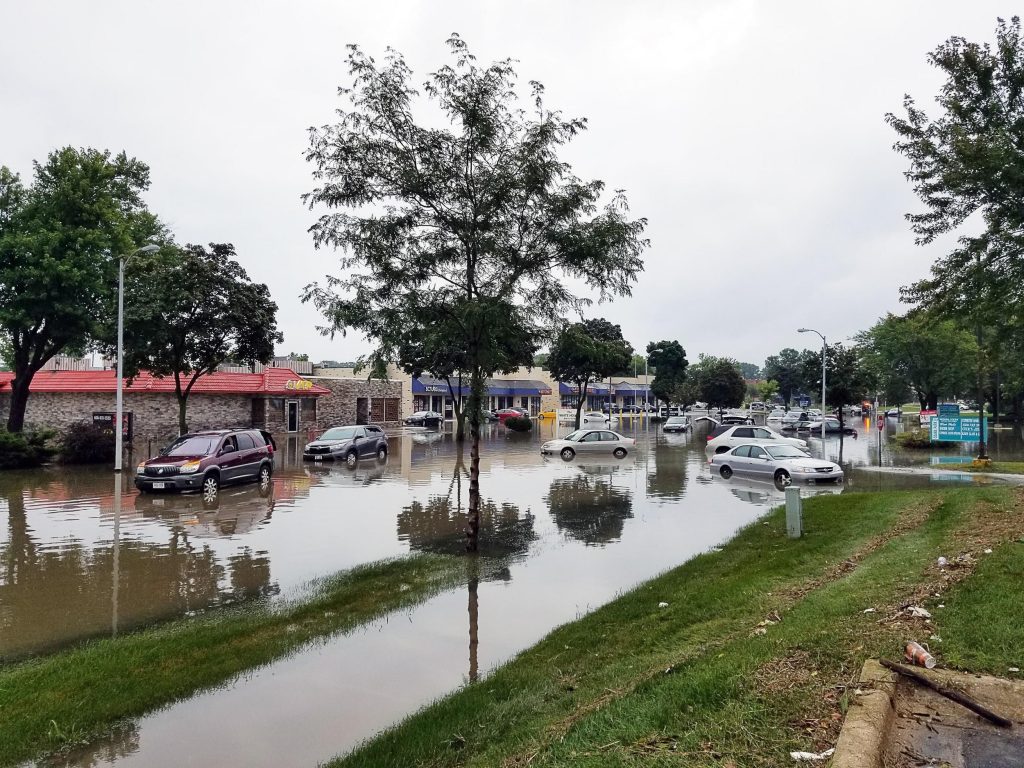
Spring weather can be unpredictable, but that doesn’t mean your business can’t be prepared for what Mother Nature blows your way.From cold snaps to severe thunderstorms and downed power lines, below we detail 6 tips for preparing your business for spring storms.Read more business tips, ‘4 Tips for Avoiding Costly Storm Damage Insurance Claims.’ 6 Tips for Preparing Your Business for Spring Storms 1.
Obtain Business Income Interruption Coverage Imagine this, a lakeside restaurant in a popular tourist destination is forced to close because of storm damage and a power outage after a big storm sweeps through the area.The restaurant incurred some property damage from the high winds and the business was forced to close for the weekend.Society’s business income protection—with no waiting period—provides coverage in situations like this, reimbursing for the resulting loss of business income.
2.Create a Storm Preparation Checklist Have storm supplies inside the building and in working order.This includes flashlights, backup generators, water bottles, battery-operated weather radio, first-aid kit, blankets, extra batteries, and a tool set.Maintain a current contact list for state and local entities and ensure employees know where it is.Have an emergency plan in place for severe weather and make sure employees are properly trained in what to do.
Have a professional company conduct a maintenance assessment of the inside and outside of your property.Secure outdoor property accordingly.3.
Secure Your Property & Outdoor Assets If you’re expecting stormy weather, audit the outside perimeter of your building: Ensure windows are secureMake sure outdoor furniture is brought inside or safely securedClear storm drains that may be clogged with debrisHave trees trimmed prior to storm season to prevent increased damage4.Have a Plan for Power Loss A plan for a power loss should include: Who to contact in the case of a power outage and their contact informationWhere supplies are kept (ie: batteries, weather radio, flashlights, first-aid kit, etc.)Instructions for employees to keep freezers and refrigerators closedCompliance with generator safety measures by only using outdoors and away from windowsNotice that a gas stove should not be used as a heating sourceView additional business preparedness resources from The Ready Business Program and by visiting Society’s disaster recovery blog series.5.
Ensure Data is Backed Up Having all of your business’s data backed up is a great idea regardless of storm risk and can be crucial to rebuilding if your equipment is damaged.Often your point of sales system (POS) will backup critical data on a regular basis in case of a disaster.Contact your provider to ensure everything is set to backup information to another source.
This is something you should be doing in the case of a cyberattack or security breach as well.6.Have a Communication Protocol in Place Communication protocols organize essential contact information and outline who to contact and when in the case of an emergency.
This is essential to disseminating information to impacted parties in a timely manner and is critical to the safety of your employees and customers.You should maintain a current list of the following: State and local emergency phone numbersEmployee contact phone numbersEmployee emergency contact name, relation and phone numbersIs Your Business Properly Protected? We all know that things can go wrong even for those who prepare the most.Selecting the right insurance coverage for your business is an important task with many different variables.
At Society Insurance, we are here to help you navigate this decision and answer your questions. Contact your local Society agent for specific coverage questions related to storm damage insurance claims or read more about our claims process here.Share this post:FacebookTwitterLinkedinemail
Publisher: Society Insurance








